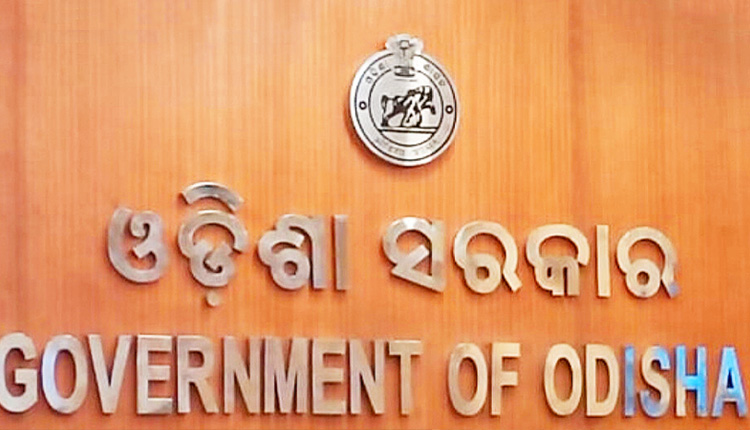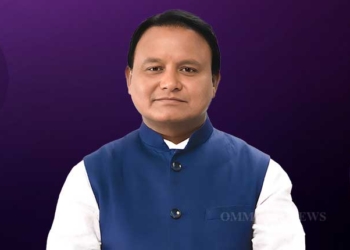Bhubaneswar: Once infamous for its poverty, Odisha has come a long way and has been witnessing robust economic growth for the last two decades.
Survey reports released by different agencies also highlighted Odisha’s significant progress with respect to various economic indicators and the outstanding achievements in fiscal management as compared to various other states of the country.
The state has doubled the gross state domestic product (GSDP) on a nominal basis in six years between the 2016 and 2022 financial years despite the Covid-induced lockdown and other bottlenecks.
The state which had long been considered a backward state has registered an economic growth rate of 11.5 percent at constant prices in 2021-22 while the national growth rate during the same period was 8.7 percent.
The latest Multidimensional Poverty Index report released by NITI Aayog reveals that Odisha along with Uttar Pradesh, Bihar, Madhya Pradesh and Rajasthan has recorded the steepest decline in poverty in terms of health, education and standard of living conditions.
While hailing the economic progress of the state, economic experts suggest that the policy makers in the state further expedite the economic growth laying more emphasis on reducing the massive unemployment, addressing the economic inequality among the coastal, mineral rich areas and tribal dominated pockets and discourage the migration of labourers to other states in 2024.
“The positive trends noted by NITI Aayog indicate a significant decline in multi-dimensional poverty, both in rural and urban areas. Building upon this momentum, the state’s vision should prioritize targeted interventions to further reduce poverty levels, with an emphasis on inclusive development,” said S N Tripathy, former Professor of Economics, Gokhale Institute of Politics and Economics, Pune.
Tripathy said that a majority of the state population is still languishing in poverty and the state needs a nuanced approach to address the challenges to alleviate poverty.
Similarly, massive unemployment would be a focal point for the policy makers in the state during 2024. As per the government reports, the state has a total of 8, 98,717 unemployed youth who have registered themselves with different employment exchanges in the state, till December 2022.
The situation may worsen further with the adoption of Artificial Intelligence by the corporate houses, PSUs and other large employers.
“Addressing unemployment, especially in urban areas where it stands at 12.7%, and rural areas at 6%, must be a cornerstone of the vision for the state in 2024. Strategies could include fostering a conducive environment for both traditional and emerging industries, encouraging entrepreneurship, and aligning educational curricula with the demands of the job market,” added Tripathy.
Economist Amarendra Das, School of Humanities and Social Sciences, National Institute of Science Education and Research (NISER) said that as the world is changing fast in the sphere of technology, the state needs to build up the capacity of the youth in this regard. The state has to invest more in education to train youths and impart the required skills to meet the challenges posed by the rapid inroads of AI in the job market.
The economists also stressed on filling up the developmental gap between the mineral rich districts and the coastal belt and the tribal dominated areas, which witness the maximum number of migration of labourers to other states.
“Odisha has the potential to become a high income state by 2036 only if suitable policy measures are taken in the coming decade. The state will celebrate 100 years of its formation as a separate state on the basis of language in 2036.
“There is no doubt that Odisha has made significant progress in most of the macro indicators, especially GSDP growth and Fiscal management. However the state needs to take the redistributive policies more seriously. Development of tribal communities and tribal regions is a matter of serious concern for the state,” suggested Das.
The experts opined that Odisha can aim to create opportunities within the state, discouraging outward migration. Policies should be devised to support sustainable industries, technology adoption, and skill-based employment which can further expedite the development process.
“Ultimately, Odisha’s vision for 2024 should encapsulate a commitment to holistic development, where economic progress is accompanied by social inclusivity, poverty eradication, and job creation, fostering a resilient and self-reliant state,” noted Tripathy.
(IANS)
















